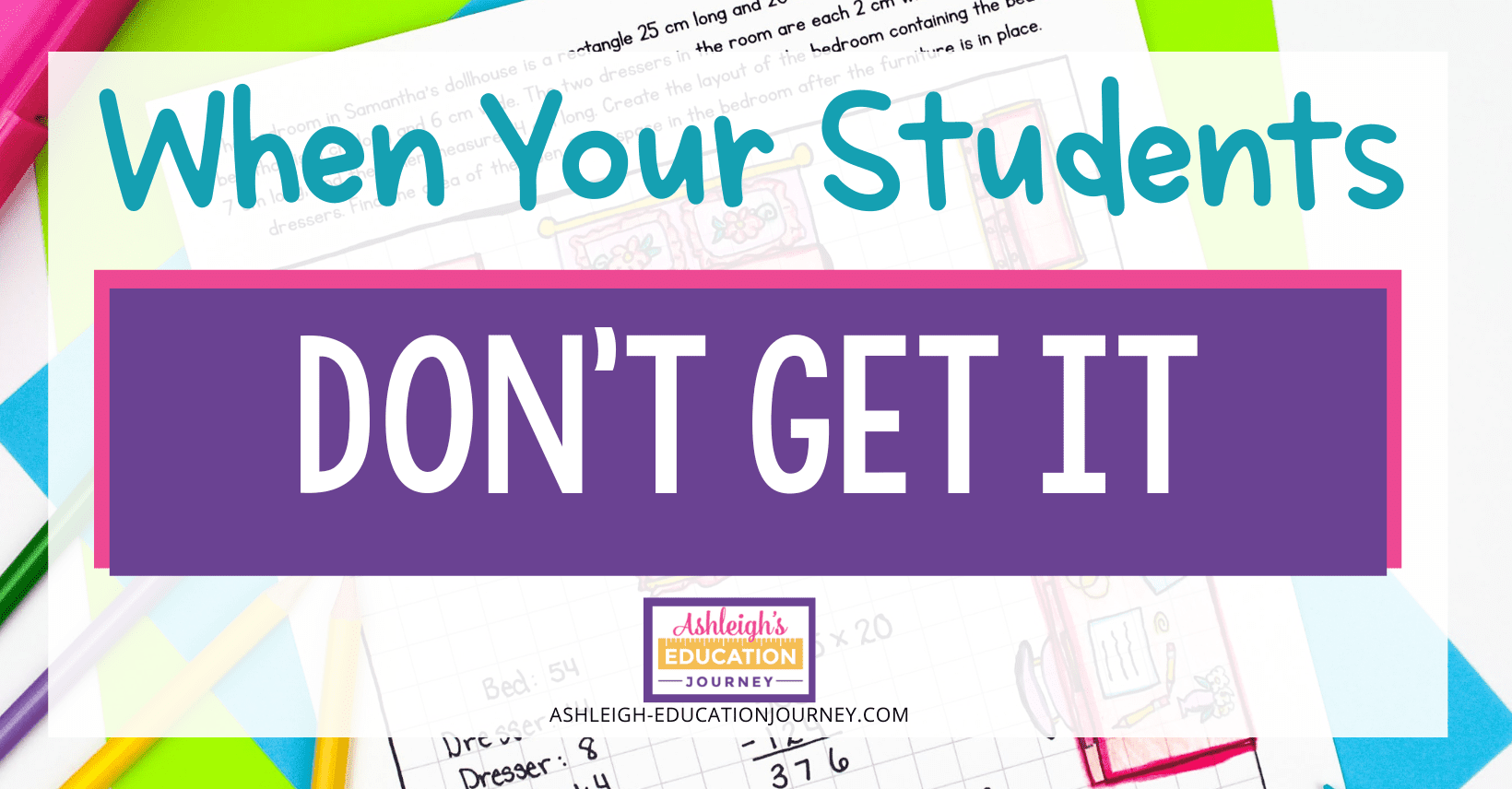
You’re teaching math. You teach conceptually and consistently incorporate concrete, pictorial, and abstract representations. Your lessons are engaging and relevant. You give students the opportunity to practice and provide feedback. You provide opportunities for discussion and collaborative learning. Yet, some students don’t get it.
You work with those students who didn’t get it. You slow down. You meet with students in small groups. You provide scaffolding and extra resources. You reteach. You complete all the appropriate RTI/SST/MTSS processes. Yet, some of those students still don’t get it.
These are the students who kept me awake at night. These are the ones who made me question my effectiveness as a teacher. I knew I was missing something, but I couldn’t pinpoint what I was missing.
It took a lot of time and research for me to fully recognize what we all already know. All students are different, and some students learn differently.
In a recent blog post about the foundations of high quality core curriculum, I shared that our curriculum should allow at least 80 percent of students to achieve proficiency in math. With additional instruction and RTI/SST/MTSS that percentage should increase. However, the effects of Covid has skewed these numbers. Teachers are seeing a higher percentage of students not responding to core instruction.
In my next few posts I’ll share the most effective strategies in supporting students who are at risk in math. These strategies have been proven to work with students with and without identified learning disabilities. The strategies can be used for students with an IEP who are served in the general education classroom or students who have reached Tier 3 in RTI/SST/MTSS.
Understanding The Why
Before we can get started, we have to talk about the why. Many of these students have difficulties with perceptual or cognitive processing. These difficulties may affect memory, general strategy use, attention, communication, and the ability to integrate abstract ideas. (Van de Walle, 2010).
We also know that many students with learning difficulties have a very limited working memory and are unable to keep abstract information in their minds for the purpose of solving problems. Students who struggle in math also seem to have problems with basic number sense which impacts all areas of math.
Understanding the Difference
Students in this category respond best to explicit teacher-led instruction. As a teacher who teaches math through inquiry and problem solving in a student-centered classroom, this has been challenging. I experienced internal conflict because I’m passionate about equitable instruction. It took considerable reflection to reach the conclusion that I was doing a disservice to my students who needed a different style of instruction.
I had to recognize that “best practices” didn’t mean best practices for all-it was best practices for most. “Equity does not mean that every student should receive identical instruction; instead, it demands that reasonable and appropriate accommodations be made as needed to promote access and attainment for all students.” (NCTM, 200)
I will absolutely continue to teach math through those best practices. However, I now have the knowledge, resources, and tools I need to modify and adapt my instruction for students who need something different. As a disclaimer, this is not for students who have plenty of ability but just don’t care. That’s a whole other situation.
Understanding the Strategy
With this strategy teachers follow a demonstration-prompt-practice sequence. Instruction is given in a step-by-step format and involves direct teacher-led explanations of concepts. As students solve problems they are given explicit strategy instruction to guide them through each part of the problem. This approach helps uncover thinking strategies for problem solving.
Instruction should also include multiple models, examples and non examples, and practice with immediate error correction. As students progress, the teacher gradually scaffolds away supports and prompts to move students toward independence.
There Has to Be More
Over the next few weeks, I will go much further into detail on this strategies. Eventually there will be a new post and resources for each strategy.
- Foundations of Math Instruction
- Systematic Instruction
- Mathematical Language
- Representations
- Word Problems
- Math Facts
I can’t wait to share these with you!
